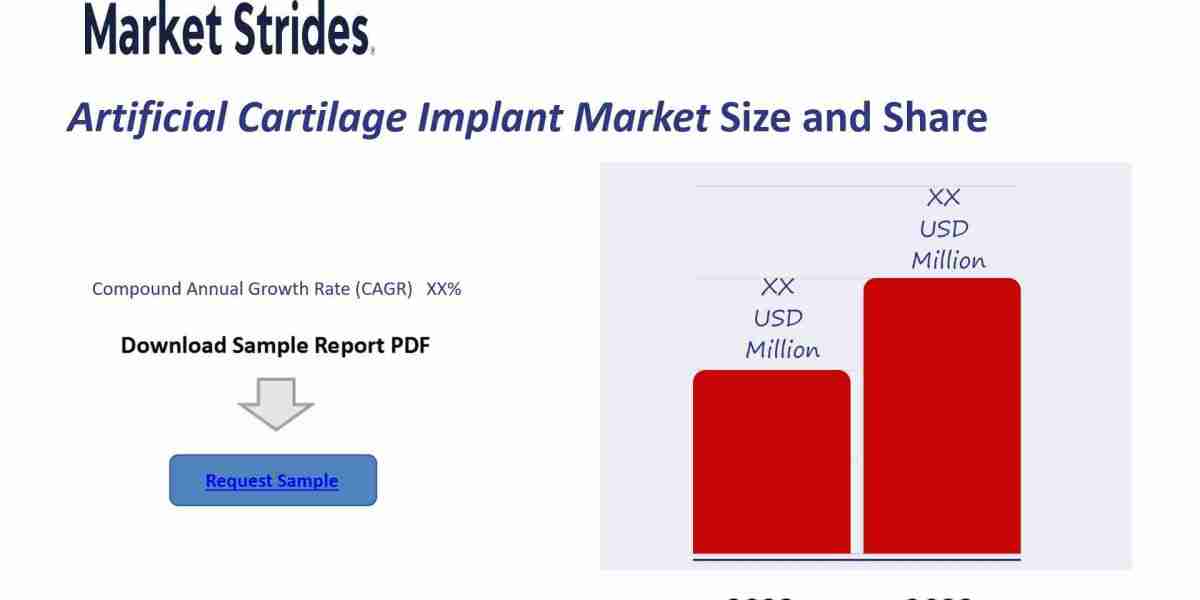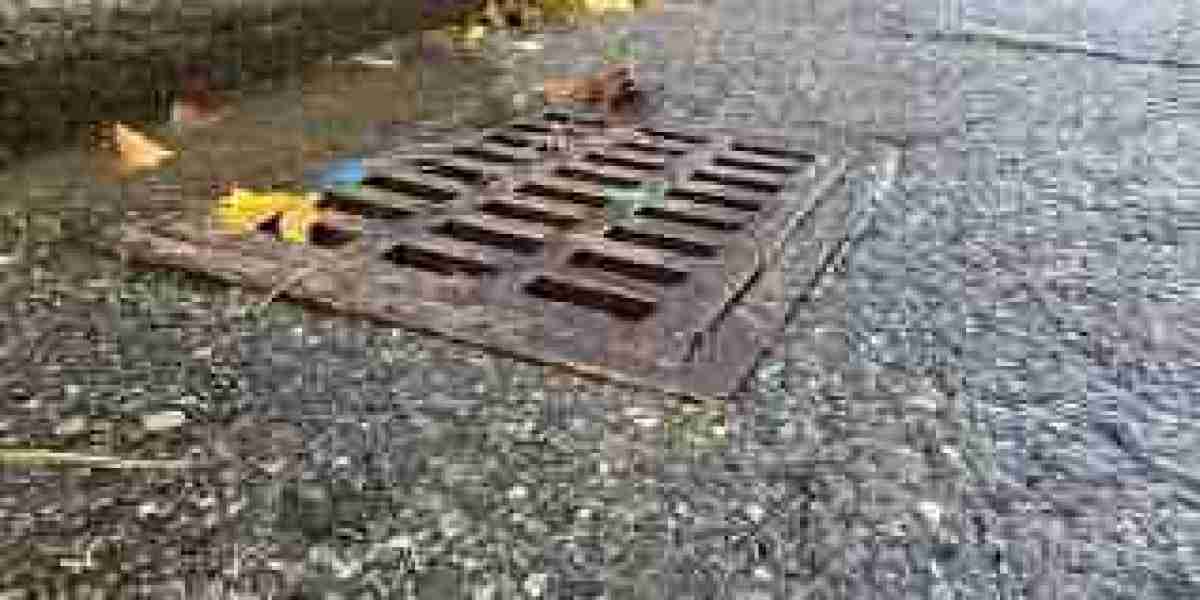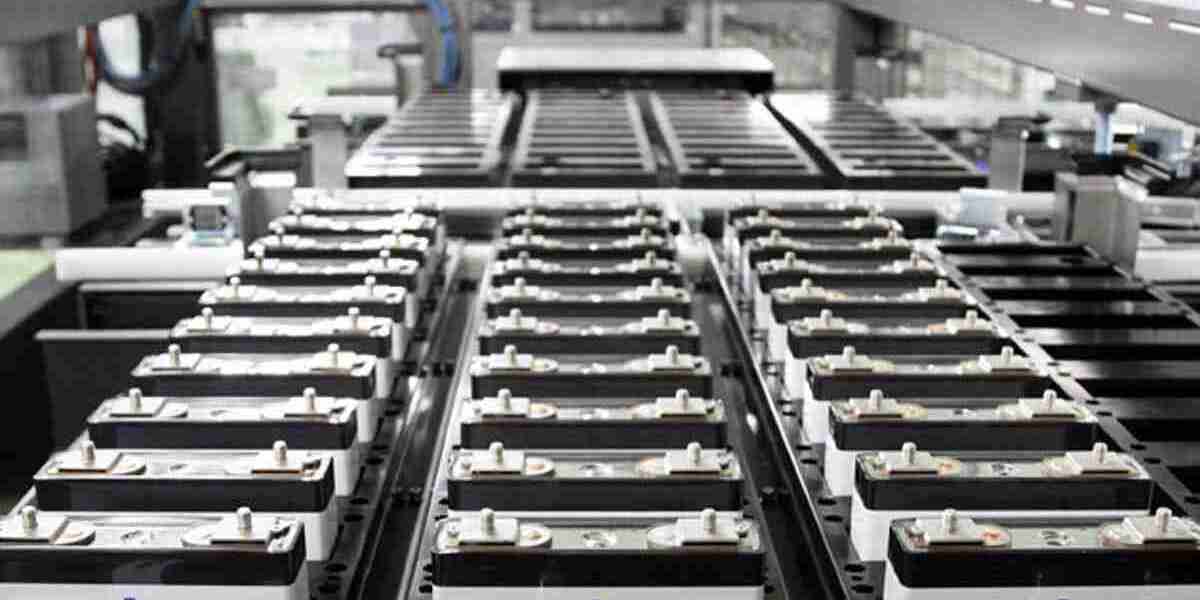Understanding the Root Cause of Pompe Disease
The root cause of Pompe disease is the deficiency or absence of the GAA enzyme, which is essential for breaking down glycogen into glucose. This enzymatic deficiency results in glycogen buildup, primarily in muscle cells, leading to muscle damage and impaired function. Over time, this accumulation can severely affect mobility, breathing, and overall quality of life.
Late-onset Pompe disease (LOPD) is a subtype that appears later in life, often during adolescence or adulthood. Unlike the infantile-onset form, LOPD progresses more slowly but still leads to debilitating symptoms such as proximal muscle weakness and respiratory complications. Despite being less severe, LOPD presents unique challenges, as its symptoms can overlap with other neuromuscular disorders, delaying diagnosis and treatment.
Enzyme Replacement Therapy (ERT): The Foundation of Treatment
ERT has been the standard treatment for Pompe disease since the approval of alglucosidase alfa (Myozyme and Lumizyme) over a decade ago. This therapy delivers a synthetic form of the GAA enzyme to help break down glycogen in affected cells. While ERT has significantly improved survival rates and quality of life, it has limitations, including:
- Incomplete Efficacy: ERT does not fully reverse muscle damage or halt disease progression.
- Frequent Infusions: Patients must undergo regular intravenous infusions, which can be burdensome.
- Limited Tissue Penetration: ERT struggles to target glycogen buildup in certain tissues, such as skeletal muscles.
Emerging Therapies in the Pompe Disease Pipeline
Advancements in the Pompe disease pipeline are addressing the limitations of ERT and exploring novel approaches to treatment. These include:
- Next-Generation ERT: Enhanced versions of ERT aim to improve enzyme stability and tissue targeting, offering better efficacy and convenience. For instance, investigational therapies focus on longer half-life formulations that reduce infusion frequency.
- Gene Therapy: Gene therapy is emerging as a promising approach to address the root cause of Pompe disease. By introducing a functional copy of the GAA gene into patients' cells, gene therapy has the potential to restore natural enzyme production and provide a one-time, long-term solution. Early clinical trials have shown encouraging results.
- Chaperone Therapies: Pharmacological chaperones are being explored to stabilize the defective GAA enzyme, enhancing its activity and reducing glycogen buildup.
- Substrate Reduction Therapy (SRT): SRT aims to reduce glycogen synthesis, slowing its accumulation in affected tissues. This approach complements existing treatments and may provide additional benefits.
- CRISPR-Based Treatments: Gene-editing tools like CRISPR are being investigated for their potential to correct the underlying genetic mutations in Pompe disease, offering a curative approach.
Future Outlook
The growing focus on innovative treatments reflects a promising future for patients with Pompe disease, especially those with late-onset Pompe disease. These new therapies aim not only to address symptoms but also to tackle the disease at its core. With advancements in gene therapy, next-generation ERT, and other modalities, the potential to significantly improve outcomes for Pompe patients is within reach.
While challenges remain, the robust Pompe disease pipeline offers hope for transformative breakthroughs that will enhance the quality of life for individuals living with this rare and challenging disorder. As research continues, patients and their families can look forward to a future with more effective, personalized, and accessible treatment options.




